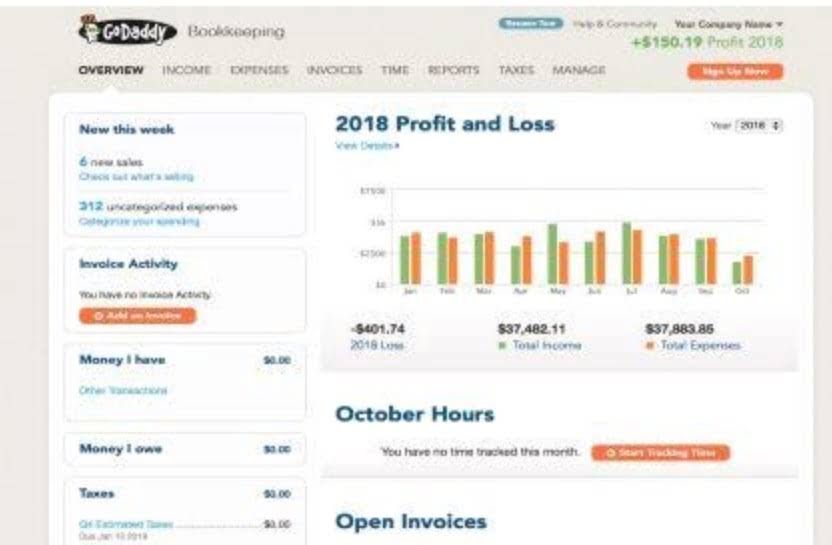
You can also try these financial ratios for estimating profitability. Say a company has $5 million in debt and $10 million in shareholder equity. As a general rule, a lower debt to equity ratio is better as it means the company has fewer debt obligations. This metric can tell you how likely a company is to generate profits for its investors. A higher EPS typically indicates better profitability, though this rule works best when making apples-to-apples comparisons for companies within the same industry. An investor can look at the same ratios for different companies to winnow down a list of possible investments.

The total asset turnover ratio sums up all the other asset management ratios. If there are problems with any of the other total assets, it will show up here, in the total asset turnover ratio. It represents a company’s ability to pay current liabilities with assets that can be converted to cash quickly.
Return On Assets (ROA)
You can use this ratio to make sure you don’t over-order or let inventory collect dust from being held for too long. These limitations include differences in accounting methods, variations in industry norms, and the risk of misinterpretation due to extraordinary events or one-time adjustments. Trend analysis provides valuable insights into the firm’s historical performance and potential future direction.
Dental practice accounting: Using financial ratio analysis for better financial controls – Dental Economics
Dental practice accounting: Using financial ratio analysis for better financial controls.
Posted: Mon, 21 Aug 2023 07:00:00 GMT [source]
You might want to turn some of the obsolete inventory into cash by selling it off at a discount to specific clients. To compare companies within an industry using financial ratios, you can analyze industry averages, which provide context for assessing a company’s performance relative to its peers. By comparing financial ratios across companies, you can identify strengths and weaknesses and make informed investment decisions. The how would you characterize financial ratios dividend yield is calculated as annual dividends per share divided by the market price per share. This ratio measures the return on investment from dividends, providing investors with insights into the income-generating potential of a stock relative to its price. The balance sheet provides accountants with a snapshot of a company’s capital structure, one of the most important measures of which is the debt-to-equity (D/E) ratio.
Examples of Ratio Analysis in Use
Then, a company can explore the reasons certain months lagged or why certain months exceeded expectations. The debt-to-equity ratio measures how much you are using debt to finance your business relative to equity. Return on total assets ratio calculates how well the company’s various resources (assets) are being used. The results of this ratio are often used to compare a business to its competitors. Activity ratios, also called efficiency ratios are used to measure a company’s ability to convert their production into cash or income. Often measure over a three-to-five-year period, they provide insight into areas of your business such as collections, cash flow and operational results.
- While lower ratios point to a healthier reliance on debt, although it can sometimes point to an overly prudent approach to investing.
- Some of these assets might be better used to invest in the company or to pay shareholder dividends.
- Lenders may use coverage ratios to determine a business’s ability to pay back the money it borrows.
- The interest coverage ratio is calculated as earnings before interest and taxes (EBIT) divided by interest expense.
Return on Equity is increasing from 2020 to 2021, which will make investors happy. Unfortunately, you can see from the times interest earned ratio that the company does not have enough liquidity to be comfortable servicing its debt. Fortunately, the company’s net profit margin is increasing because their sales are increasing.

comments are closed .